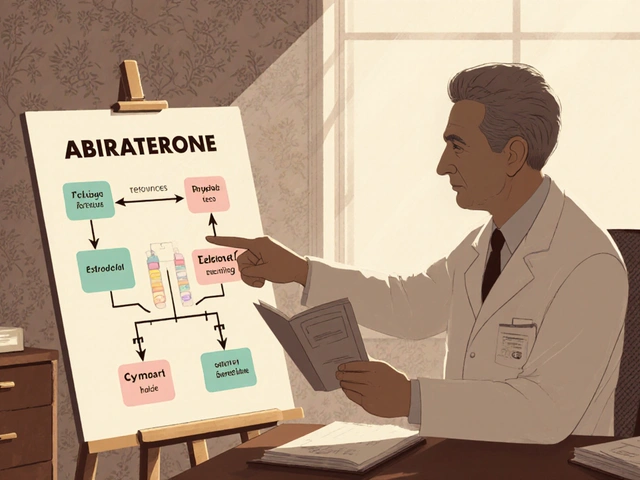Hay Fever Myths: What’s True and What’s Not
Every spring you hear a new claim about hay fever. Some say you can cure it with honey, others warn that all trees are dangerous. With so many ideas floating around, it’s easy to get confused. This guide cuts through the chatter and gives you the real facts you need to feel better.
Common Hay Fever Myths Debunked
Myth #1: “Honey stops pollen allergies.” Real answer: honey may soothe a sore throat, but it doesn’t block pollen. The proteins that trigger your reaction are in the air, not in the honey. Eating more honey won’t lower your symptom score.
Myth #2: “You’re only allergic to grass, not trees.” In fact, most people react to a mix of grasses, weeds, and trees. One season you might feel worse when trees start to leaf out, then later grasses take over. Your body can react to any plant that releases pollen.
Myth #3: “If I’m inside, I’m safe.” Pollen threads through windows, doors, and even on clothing. A sunny day can push pollen deep into your home through open doors. Simple steps like keeping windows closed during peak pollen hours make a real difference.
Myth #4: “Antihistamines cure hay fever.” Antihistamines help control symptoms, but they don’t remove the underlying sensitivity. You still need to avoid triggers and use other measures like nasal rinses for lasting relief.
Practical Tips to Manage Real Allergies
First, track your symptoms. Write down when they flare up, what the weather was like, and where you were. Over a few weeks you’ll spot patterns that point to specific pollen types.
Second, check local pollen counts. Many weather sites publish a daily index. If the count is high, plan indoor activities or wear a mask when you need to be outside.
Third, clean your home regularly. A damp mop picks up settled pollen better than a dry brush. Wash bedding in hot water once a week to remove any particles that have settled.
Fourth, consider a saline nasal rinse. A simple squeeze bottle can flush out pollen from the nasal passages, reducing itching and congestion without medication.
Lastly, talk to a pharmacist or doctor about a tailored plan. Some people need a combination of antihistamines, nasal steroids, and eye drops. One size doesn’t fit all, and a professional can help you avoid trial‑and‑error.
Hay fever isn’t a mystery you have to live with forever. By ditching the myths and using practical steps, you can keep symptoms in check and enjoy the season more fully.
Top 5 Seasonal Allergy Myths Debunked: Facts, Treatments, and UK Pollen Tips
Tired of sneezing at bad advice? We bust the top 5 seasonal allergy myths with UK facts, proven treatments, and simple daily tactics to breathe easier.





